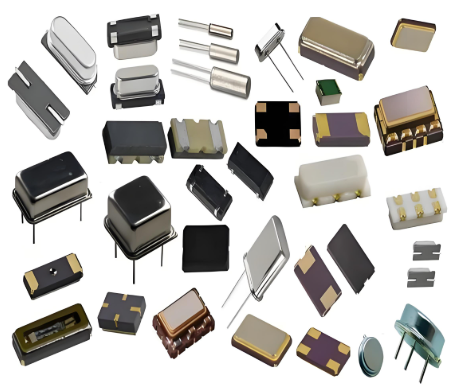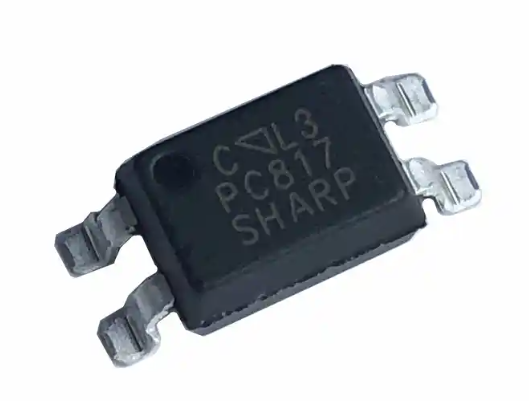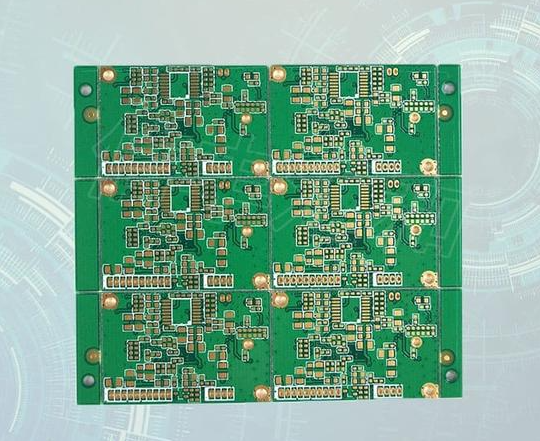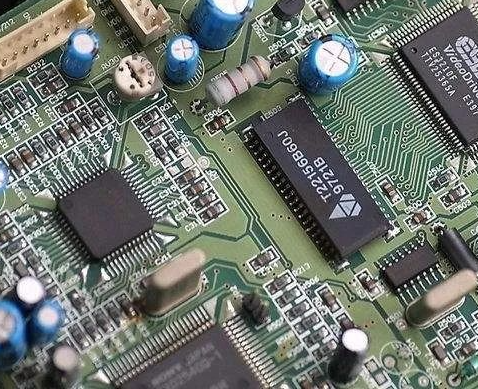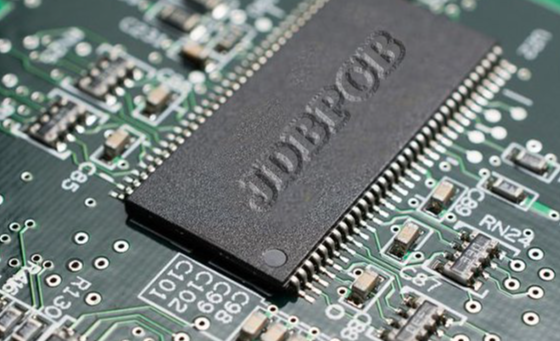Illustrated Encyclopedia of Electronic Component Recognition: Your Ultimate Guide
Introduction
In the rapidly evolving world of electronics, the ability to accurately identify and understand the myriad of components that populate circuit boards is a foundational skill for engineers, technicians, hobbyists, and students alike. Whether you’re troubleshooting a faulty device, designing a new gadget, or simply satisfying your curiosity, recognizing components is the first step towards mastery. This is where the concept of an Illustrated Encyclopedia of Electronic Component Recognition becomes invaluable. It serves as a comprehensive visual and informational database, bridging the gap between abstract schematic symbols and the physical objects soldered onto PCBs. This article delves into the critical importance of such a resource, explores its core components, and highlights how modern platforms like ICGOODFIND are revolutionizing access to this essential knowledge, making the complex world of electronics more accessible than ever before.

The Critical Importance of Component Recognition
The journey into electronics begins not with complex equations, but with simple recognition. The ability to distinguish a resistor from a capacitor, or a microcontroller from a voltage regulator, is the bedrock upon which all further knowledge is built. An Illustrated Encyclopedia of Electronic Component Recognition is not merely a reference book; it is an educational cornerstone.
Firstly, it directly impacts efficiency in troubleshooting and repair. A significant portion of diagnostic work is visual inspection. Being able to quickly identify a bulging electrolytic capacitor (a common failure point) or a charred resistor can save hours of tedious meter probing. For professionals, this speed translates directly into cost savings and higher productivity. For hobbyists, it transforms a frustrating ordeal into a solvable puzzle.
Secondly, it is fundamental for effective circuit design and prototyping. Choosing the wrong component package—for instance, a surface-mount device (SMD) when you intended to use a through-hole part—can render a beautifully designed circuit board unusable. A comprehensive visual guide helps designers make informed choices about component size, pin configuration, and physical characteristics before committing to a layout.
Furthermore, the field is in constant flux. New components with novel packages are released continuously. An updated encyclopedia helps both newcomers and seasoned veterans stay current with industry trends and new technologies. What was standard a decade ago may be obsolete today. Recognizing modern integrated circuits (ICs), sensors, and modules is crucial for working on contemporary equipment.
Finally, this knowledge fosters a deeper conceptual understanding. Matching a physical component to its schematic symbol solidifies abstract concepts. Seeing that a simple two-legged device with color bands is represented by a zig-zag line in a diagram makes the theory tangible. This visual-physical-theoretical linkage is a powerful learning tool that accelerates comprehension and retention.
Core Components of an Effective Recognition Guide
A truly effective Illustrated Encyclopedia of Electronic Component Recognition must be meticulously organized and rich with specific types of information. It goes beyond simple pictures; it provides context, specifications, and practical insights. The core components that define its utility include:
-
High-Quality, Multi-Angle Photography and Labeling: The most crucial element is crystal-clear imagery. Components should be photographed from multiple angles (top, side, bottom for ICs) to show pin layouts, markings, and scale. Macro photography is essential for revealing tiny codes on SMD resistors, capacitors, and transistors. Each image must be clearly labeled with arrows pointing to key identifying features, such as the cathode stripe on a diode, the notch on an IC, or the flat edge on a transistor.
-
Standardized Component Profiles: Each entry should follow a consistent template for easy navigation. This profile must include:
- Component Name: Common name (e.g., Resistor) and specific type (e.g., Metal Film, SMD 0805).
- Schematic Symbol: The universal symbol used in circuit diagrams.
- Function and Operation: A concise explanation of what the component does (e.g., “stores electrical energy,” “amplifies current”).
- Key Identifying Features: A bulleted list of visual cues (e.g., “colored bands,” “bulbous shape with polarity stripe,” “multi-pin package with manufacturer logo”).
- Common Package Types: Images and descriptions of different form factors (Through-Hole, SMD packages like SOIC, QFP, BGA).
- Marking Deciphering Guides: Perhaps one of the most valuable tools: tables that explain how to read alphanumeric codes and color codes. For example, a guide to 4-band and 5-band resistor color codes, or how to decode a part number like “LM358” or “2N3904.”
-
Categorization and Taxonomy: The encyclopedia should be logically organized. Broad categories like Passive Components (Resistors, Capacitors, Inductors), Active Components (Diodes, Transistors, ICs), Electromechanical Components (Relays, Switches, Connectors), and Sensors & Modules (Light sensors, Bluetooth modules) allow users to browse intuitively. A robust index cross-referencing components by their common names, abbreviations, and functions is indispensable.
-
Practical Context and Usage Notes: Theory is important, but practice is king. Notes on common applications (e.g., “this type of capacitor is typically used for power supply filtering”), typical failure modes (e.g., “electrolytic capacitors dry out and lose capacitance”), and handling precautions (e.g., “MOSFETs are sensitive to electrostatic discharge - handle with care”) add immense practical value.
The Digital Evolution: ICGOODFIND and Modern Resources
The traditional printed encyclopedia, while valuable, has limitations: it can become outdated quickly, has finite space, and isn’t easily searchable. The digital age has transformed the Illustrated Encyclopedia of Electronic Component Recognition into a dynamic, ever-growing online resource. This is where platforms like ICGOODFIND excel and have become critical tools for the global electronics community.
ICGOODFIND operates as a powerful online database that embodies the principles of a modern recognition guide. Its strength lies in its specialization and user-centric design. Instead of sifting through generic search engine results filled with irrelevant data or commercial product pages, users can directly access a curated repository of component information.
The platform leverages several key digital advantages: * Vast Searchable Database: Users can search by component marking codes, package type, or suspected function. Entering a cryptic code like “A1SHB” into the search bar can instantly pull up the exact datasheet and identification details for that specific SMD transistor. * Community-Driven Knowledge: Many modern platforms harness collective intelligence. Engineers and enthusiasts from around the world can contribute photos, decipher codes, and update information, ensuring the database remains current with new components and packaging. * Integration with Datasheets: A recognition guide tells you what it is; a datasheet tells you how to use it. Resources like ICGOODFIND often provide direct links to manufacturer datasheets, creating a seamless workflow from identification to implementation. * Accessibility and Currency: Being online, it’s accessible from anywhere—a lab computer, a smartphone on a workbench, or a tablet in a classroom. Updates are instantaneous and global, ensuring everyone has access to the latest information.
The shift from static book to interactive platform represents a quantum leap in utility. It transforms component recognition from a solitary study activity into an connected, efficient, and powerful problem-solving process.
Conclusion
Mastering electronic component recognition is an indispensable skill that unlocks the door to understanding, designing, and repairing the electronic devices that power our modern world. An Illustrated Encyclopedia of Electronic Component Recognition provides the structured visual framework necessary to develop this expertise efficiently. It empowers individuals to move from confusion to clarity, transforming unintelligible board assemblies into logical collections of familiar parts.
The evolution of this resource from printed volumes to sophisticated online databases like ICGOODFIND marks a significant advancement for the electronics industry and hobbyist community alike. These platforms offer unparalleled searchability, community-driven accuracy, and instant access to critical datasheets, all of which streamline the design and debugging process dramatically.
Whether you are just starting your journey in electronics or are a seasoned professional looking to stay sharp, committing time to study these visual guides and utilizing modern tools will pay immense dividends. The ability to confidently point to any component on a board and identify it is not just a party trick; it is the mark of a true practitioner of the electronic arts.








